Should I ask my child’s pediatrician about the influenza vaccine?
The World Health Organization (WHO) identified children between the ages of six months and five years as a group of people who are particularly at risk of developing severe influenza disease(1). However, when looking at the vaccine schedules for children in Europe, not all EU/EEA countries follow this recommendation to vaccinate healthy children between this age(2). Let’s discuss the scientific basis for the WHO’s recommendation and whether you should talk to your child’s pediatrician about the influenza vaccine before the next flu season.
Influenza among children
It is estimated that worldwide, around 900,000 children under five years old are hospitalized each year due to the influenza virus(3), and the highest rate of hospitalisation is among children under two years old(3). In Europe, the European Centre for Disease Prevention and Control (ECDC) found in a case study that children under five years old have the highest hospitalisation rate for influenza compared to older children(4). This is likely because young children are more prone to infection(5). Furthermore, young children, especially those in school, are the main carriers of the influenza virus among the population and play a big role in transmitting it within families(3). They can spread the virus for a longer time than adults, making them significant contributors to transmission during the flu season. As a result, vaccinating children can be one way to prevent the spread of influenza to other vulnerable groups like the elderly(5).
Influenza vaccines for children
In most countries, there are two types of influenza vaccines available for children: inactivated influenza vaccine (IIV) and live-attenuated influenza vaccines (LAIVs)(5). IIV is the type that the ECDC recommends for children aged six months and older(7). For children getting their first flu vaccine, two doses are recommended, given at least one month apart(5). The first dose prepares the immune system, and the second dose provides protection throughout the flu season(5). It’s crucial to get both doses, as being partially vaccinated with only one dose may not provide the child with full protection against the flu(5).
Immunity and staying healthy this flu season
The flu vaccine can reduce the risk of influenza by 40%-60%, which means even if your child gets the vaccine, there is still a chance they could catch the flu(8). Therefore, it is important to make sure your child clean their hands frequently, avoid touching their eyes, nose or mouth, stay away from people who are ill, and cover their coughs and sneezes with their sleeves or elbow(9).
Protect your child and your community this upcoming flu season by speaking to your child’s pediatrician about the influenza vaccine and more ways your child can avoid the influenza virus.
Sources
(1) Seasonal Influenza Vaccines: An overview for decision-makers. WHO. Available at: https://apps.who.int/iris/bitstream/handle/10665/336951/9789240010154-eng.pdf?sequence=1&isAllowed=y. (Page 3 (9 in the pdf), Box 1), Accessed on: 24 July 2023
(2) Vaccine Scheduler – Influenza: Recommended vaccinations. ECDC. Available at: https://vaccine-schedule.ecdc.europa.eu/Scheduler/ByDisease?SelectedDiseaseId=15&SelectedCountryIdByDisease=-1. (Page 12), Accessed on: 24 July 2023.
(3) Efficacy and effectiveness of influenza vaccination in healthy children. A review of current evidence. Elsevier. Available at: https://www.elsevier.es/en-revista-enfermedades-infecciosas-microbiologia-clinica-28-articulo-efficacy-effectiveness-influenza-vaccination-in-S0213005X22000325#bib0390. (Page 9), Accessed on: 24 July 2023
(4) Technical Report – ECDC scientific advice on seasonal influenza vaccination of children and pregnant women. ECDC. Available at: https://www.ecdc.europa.eu/…children%20and%20pregnant%20women.pdf. Accessed on: (Page 9), 24 July 2023.
(5) Burden, effectiveness and safety of influenza vaccines in elderly, paediatric and pregnant populations. SAGE Journal. Available at: https://journals.sagepub.com/doi/10.1177/2515135519826481#bibr69-2515135519826481. Accessed on 24 July 2023.
(6) Weekly epidemiological record – 13 May 2022. WHO. Available at: https://apps.who.int/iris/bitstream/handle/10665/354264/WER9719-eng-fre.pdf?sequence=1&isAllowed=y. (Page 6 or 190), Accessed on: 24 July 2023
(7) Influenza Vaccination: Effectiveness, Indications, and Limits in the Pediatric Population. Frontiers. Available at: https://www.frontiersin.org/articles/10.3389/fped.2019.00317/full. Accessed on: 24 July 2023. (Page 2)
(8) Children’s flu vaccine. HSE. Available at: https://www2.hse.ie/conditions/flu/childrens-flu-vaccine/. Accessed on: 24 July 2023. (Page 9).
(9) Protect yourself against flu: Learn more about preventive measures. ECDC. Available at: https://www.ecdc.europa.eu/en/seasonal-influenza/prevention-and-control/personal-protective-measures. Accessed on: 24 July 2023 (Page 15)





